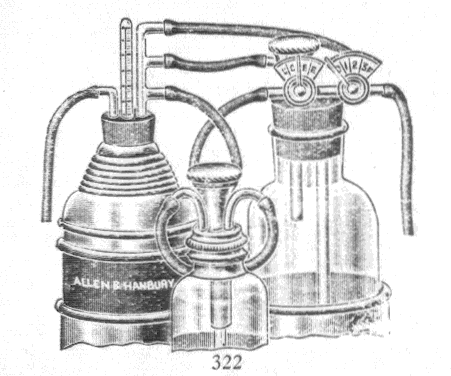 |
Veterinary Anesthesia & Analgesia Support Group |
| Practical Information for the Compassionate Veterinary Practitioner |
|
| HOME |
 |
||
| NSAID Therapy
Dave
Thompson
|
||
NSAIDS remain the mainstay of therapy for chronically painful patients. Their principal mode of action is to block prostaglandin production by binding and inhibiting cyclooxygenase (COX). While the result of this effect is mainly a reduction in inflammation and peripheral nociceptor sensitization, there is some evidence that NSAID’s have a central analgesic action as well, though the exact mechanism remains unclear. Cyclooxygenase
occurs in at least 2 isoforms: COX1 (constitutive), which mediates
formation of prostaglandins responsible for GI mucosal protection,
hemostasis and renal blood flow, and COX2 (inducible), which catalyzes
production of prostaglandins that act as inflammatory mediators. This is a
bit of an oversimplification, as COX2 can play a homeostatic role in some
situations (ulcer healing, maintenance of renal blood flow during stress,
prostacyclin production), but in general NSAID’s that inhibit
COX2>COX1 are considered the drugs of choice in this class. These are
often referred to as COX2 preferential or selective agents.
A variety of
selective/preferential NSAID’s are available for use in dogs, including
carprofen (2.2 mg/kg BID or 4.4 mg/kg SID), etodolac (10-15 mg/kg SID),
deracoxib (1-2 mg/kg SID for chronic use), meloxicam (0.2 mg/kg on day
1, then 0.1 mg/kg SID), and tepoxalin (20 mg/kg SID on day one, then 10
mg/kg SID). Though in theory they should all be equally
efficacious, some patients appear to respond better to one over another;
thus, failure to achieve an analgesic effect with one drug does not imply
lack of response to all NSAID’s.
In all
patients, NSAID’s should be avoided in the presence of renal or hepatic
dysfunction, coagulopathies, GI disorders, shock, hypotension/hypovolemia,
hypoalbuminemia or pregnancy. Dogs and cats on chronic therapy should be
monitored periodically for alterations in hematological or biochemical
parameters, and their owners should be instructed to watch for signs of GI
upset, alterations in appetite and PU/PD.
|
||
| Return to top of page | ||
Questions or problems regarding this web site should be directed to DRSTEIN@VASG.ORG . |
||